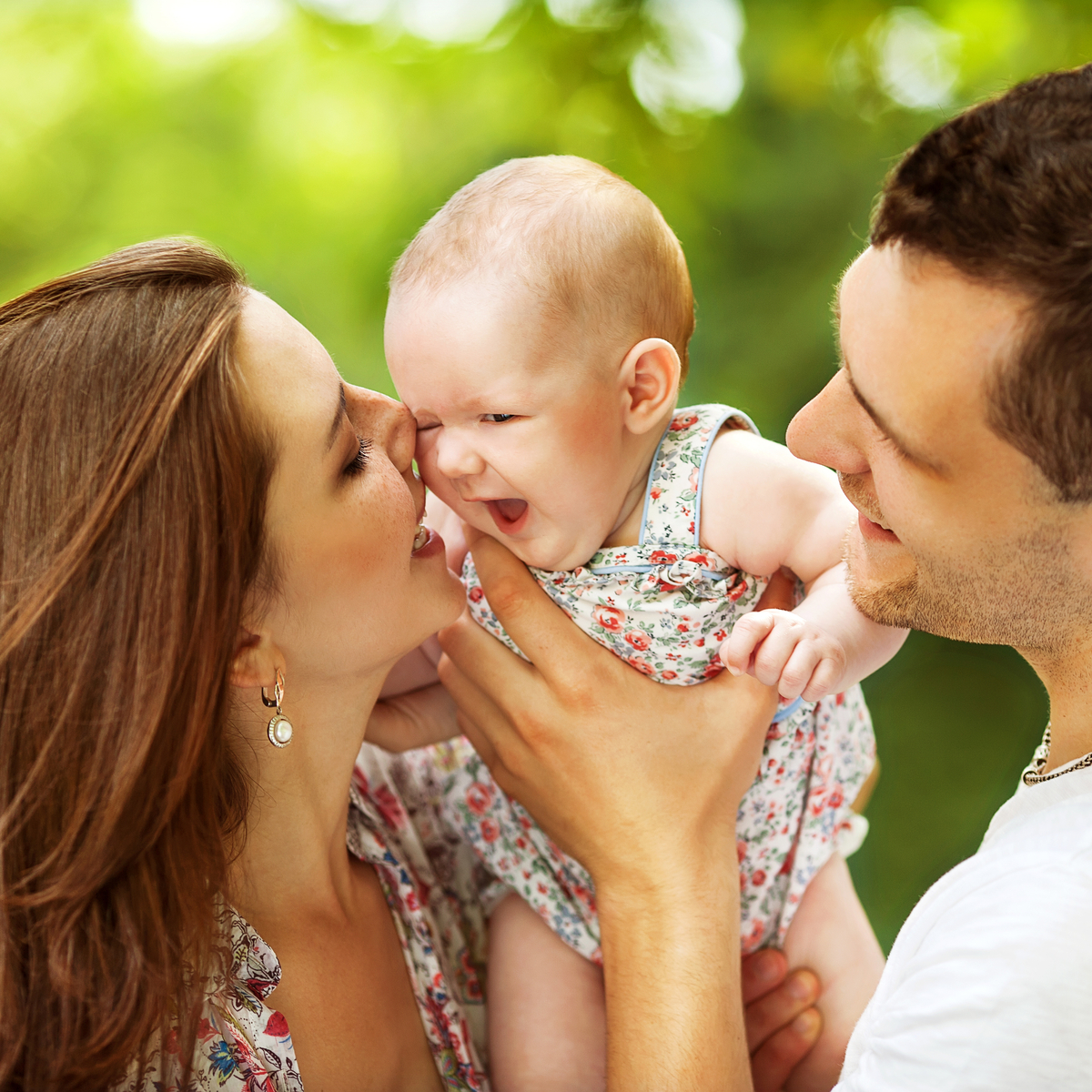Attachment Behaviors
In the last issue I discussed our very first developmental stage that we experience as a child, Trust versus Mistrust. I talked about the attachment between parent and child and how to ensure that your child resolves this developmental stage. In this issue, I would like to talk about what a healthy attachment looks like and what an unhealthy attachment may look like. I believe that how we accomplish resolving this stage sets the stage for how we will relate to others for the rest of our lives, unless of course, we decide to make some changes in how we are relating to others later on in our life. Regardless, this is the stage that sets our foundation upon which the others will build.
Just to refresh what we talked about last issue, the healthy attachment occurs through the consistent pattern of the baby having a need and the parents responding to the need by giving the baby relief. This relief is also biologically based when this consistent pattern creates pathways in the baby’s brain and “wires” the brain for trust to be developed. It has been said that “firing together” “wires together”. In other words, when a baby and parent interact, through a reciprocal process, this emotional connection is wiring the brain between the baby and the parent. Trust is biologically set in the brain, creating the possibility for more relationships of trust to be developed as the pathways are being made.
Attachment happens through eye contact, touch, movement, lactose, smiles and sounds. Eye contact means that the parent gives the baby eye contact, holding the baby towards them, looking at them, and interacting with them. Holding the baby by cradling the baby in the parent’s arm, looking towards the parent as the parent looks into the baby’s eyes is a nature way to hold your baby for good attachment. This is a critical part of making a good attachment between you and your baby. The parent’s eyes should be warm, loving, and soft. This is when the child learns to have attunement. The baby looks into his/her mother’s eyes to see him/herself reflected back. It is in this reflection back that children learn to see their self worth and begin to build on the internal working model that they are lovable and the world is safe. Smiles are also important as the baby learns to reciprocate through mirroring back to you what he sees.
A bottle should never be propped to allow the baby to be fed without the parent there doing it. Children who are taught too young to hold their own bottle may develop an early independence and miss out on part of the attachment process. Feeding your baby is a primary attachment issue (the lactose) and needs to be considered as a priority in your care for you baby.
Touch includes holding, hugging, snuggling, and massage through a tender touch from parent to baby. Touch stimulates the brain to produce endorphins, allowing another opportunity for baby and parent to “wire” their relationship by “firing” together in the brain. That is also why a mother’s hug of a child who has skinned his knee can literally “make it better” as endorphins are the body’s natural pain suppressors. It has been found that a child who is deprived of touch developed brains 20-30% smaller than normal for their age.
Movement is important for attachment as well. This can be done with rocking, bouncing, and dancing. The inner ears contain tiny hairs that can bring about pleasure when stimulated. This stimulates the part of the brain that helps us develop and learn to control ourselves. So not only is this important in the attachment process, it is also another part of brain development needed to be resolved so that other stages of brain development can build upon it.
And last, but not least, sounds are important for the baby’s development. The parents’ voices are recognized and again, talking and interacting with your baby begins to build the foundation for language development. A child who is not talked to, or struggles with attachment, may often have some language delay. Talking to your baby stimulates the brain development, stimulates that attachment process, and tells your baby that he/she is worthwhile and lovable.
This stage needs to be considered as a foundation for your child’s life. So it is imperative that you ensure your child’s physical and emotional safety and well-being during this time. Attachment behaviors include the child being able to have eye contact with you while you are talking to them or interacting with them; reciprocating smiles, when you smile at your child he/she smiles back; protesting separation, when the child has your image fixed in his/her brain and will miss you when leaving and cries (8 months old); Holding onto you and clinging implies child feels a sense of safety with you; interacting with the parents, being playful and laughing; laughter can be one of the most attaching behaviors; being able to show empathy by understanding other people’s feelings; showing remorse for doing something wrong; and being able to share and compromise.
Tags:
attachment behaviors,
feeding your baby,
healthy attachment,
movement for healthy attachment,
touch with your child

